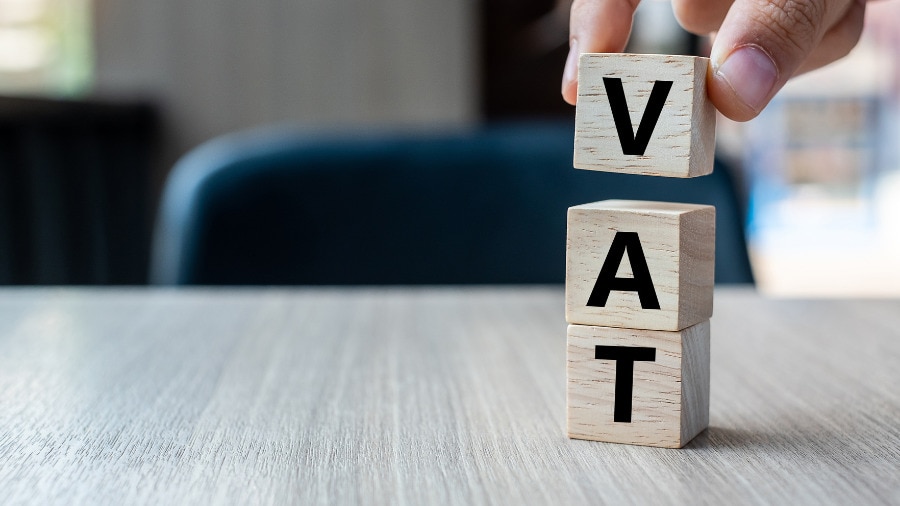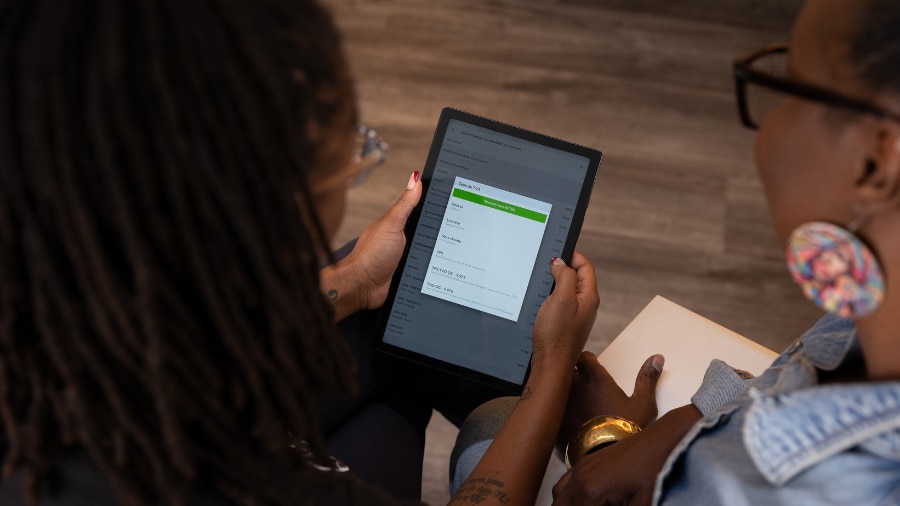What VAT means and how it works
VAT means value-added tax, and a VAT is collected on goods at every stage as they move through the supply chain. For example, VAT may be collected on the cotton used to make cloth, the cloth purchased by a clothing manufacturer, and the dress made from that cloth and purchased at a boutique by the end consumer.
Most businesses must collect the federal VAT — known as the GST — and remit it to the Canada Revenue Agency (CRA). Small businesses that meet the definition of a"small supplier" do not need to register and remit the federal VAT, which is 5% on the sale of most goods and services. A small supplier is a business owner with revenue less than $30,000 in the past year. Once your business surpasses the $30,000 threshold, you must register and remit the federal VAT.
Examples of goods and services that are subject to VAT in Canada include cars, clothing, electronics, furniture, and professional services.
Some goods and services are exempt from the federal VAT. Examples include:
- Basic groceries, such as bread, milk, and vegetables
- Prescription drugs and medical devices, such as hearing aids
- Agricultural products, such as grains and raw wool
- Travel services with an origin or destination outside the country
- Music lessons
- Legal aid services
In some provinces, the GST has been combined with a provincial sales tax (PST), which is another type of VAT. In these provinces, the combined tax is known as the harmonized sales tax (HST). These provinces are Labrador, New Brunswick, Newfoundland, Nova Scotia, Ontario, and Prince Edward Island.
In other provinces, businesses must collect the GST and a PST. All of these federal and provincial taxes are VATs because they are charged to consumers and added to the sale price of most goods and services sold in Canada.
Tracking your sales and the amount of VAT collected is key to staying in compliance with federal and provincial tax laws — and good business bookkeeping is key to getting this right.

